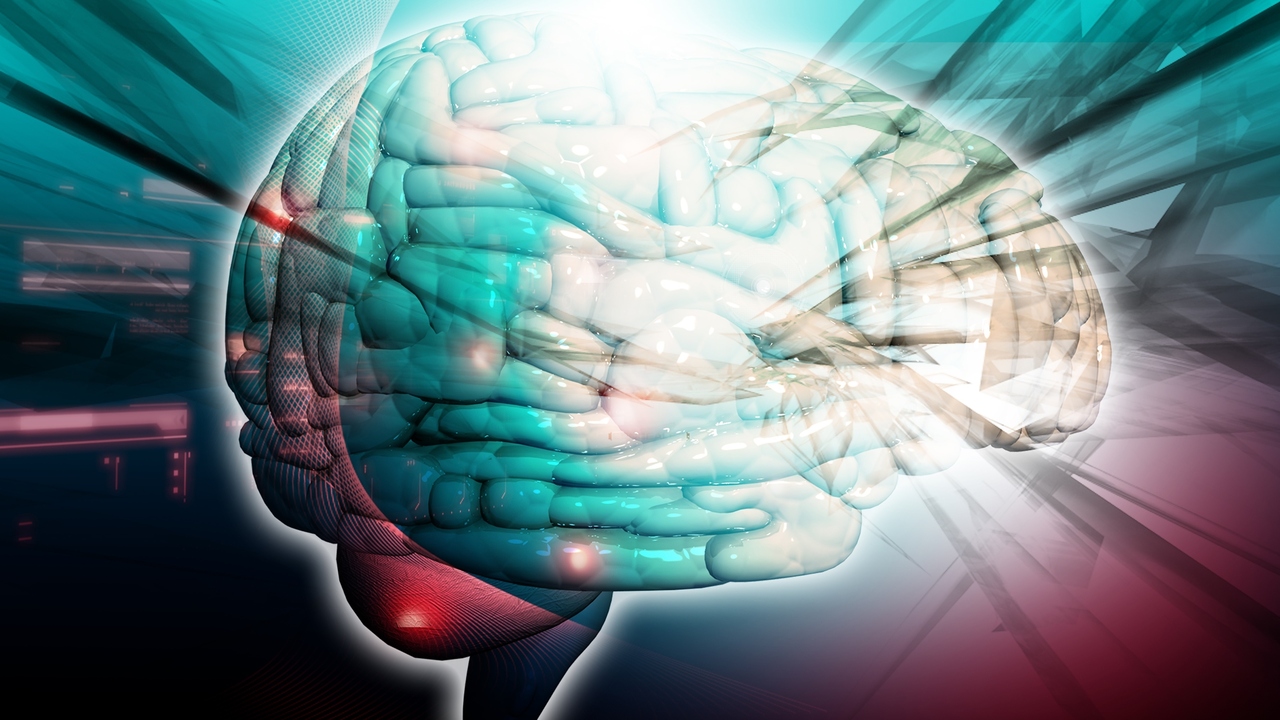Spinal stroke is a term for what is usually called spinal infarction or spinal artery syndrome (SAS). SAS is a rare condition in which large vessels feeding the spinal cord or the spinal cord itself has an interruption in blood flow. This can cause paralysis depending on what level of the spine is affected.
The most common place for SAS is the thoracic or middle spine area. This is because there are fewer collateral blood vessels in the mid-thoracic spine, so when the anterior spinal artery does not get enough blood flow, there aren’t many back-up vessels to keep blood flowing to the area.
SAS usually occurs in the elderly. Some of the causes are arteriosclerosis, problems with the aorta, degenerative spine disease, trauma, tumors, or issues that cause blood clots. The blood flow can be reduced because of a thrombus, which is a clot in the local area, an embolus, or clot that traveled from elsewhere in the body, or by hemorrhaging. Hemorrhaging in this case would likely be caused by an arteriovenous malformation (AVM) in the area. It can also be a complication of surgery, such as aortic aneurysm repair.
The classic symptom of SAS is sudden paralysis. This can progress to paraplegia or quadraplegia within hours or even minutes. Sometimes this starts with back pain that moves up from the feet toward the abdomen, and it often progresses to an inability to urinate or urinary incontinence. Other signs and symptoms are related to the spinal level of the infarct. For instance, if there is a clot in the cervical spine (neck), there will be breathing difficulties, but if it is in the low thoracic spine, breathing may be okay.
Treatment is supportive care and treatment of symptoms. The prognosis can be anything from complete recovery to no recovery at all. As with a stroke in the brain, physical and occupational therapy are started as early as possible in an effort to maintain as much function as possible.
Prevention of SAS involves preventing the things that cause it. Healthy diet and exercise can help prevent arteriosclerosis and some cardiac problems that can lead to clots. Exercise and a healthy weight can also help avoid degenerative spine problems. AVM and congenital aortic issues are not really preventable, but if you get medical care at the onset of symptoms, you may avoid complications like SAS.
Sources:
Bader MK & Littlejohns LR. (2004). AANN Core Curriculum for Neuroscience Nursing (4th Ed.). St. Louis, Saunders.
National Institute of Neurological Diseases and Stroke (NINDS): Spinal Cord Infarction Information Page
http://www.ninds.nih.gov/disorders/spinal_infarction/spinal_infarction.htm
NINDS: Arteriovenous Malformations and Other Vascular Lesions of the Central Nervous System Fact Sheet
http://www.ninds.nih.gov/disorders/avms/detail_avms.htm
Nurse.com: The Ins and Outs of Spinal Cord Stroke
http://news.nurse.com/apps/pbcs.dll/article?AID=2003301130351






Add a CommentComments
There are no comments yet. Be the first one and get the conversation started!